New films reveal rising talent and compelling themes
Latest films reveal cinematic talent and moving themes
Reviews: “La Suprema,” “The Peasants” and “Mother, Couch” debuted at the Toronto International Film Festival.
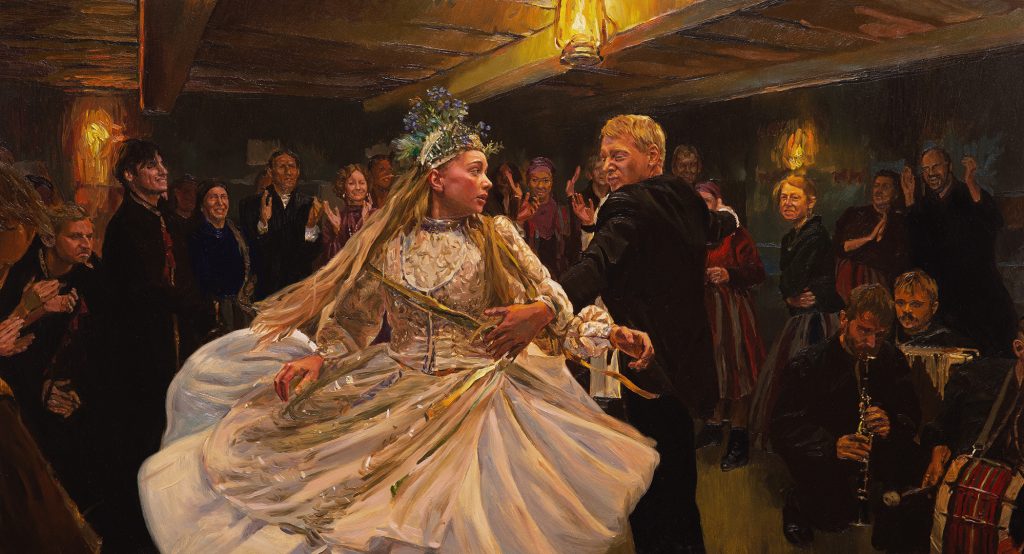
The Toronto International Film Festival, in its 48th year, showcased a diverse array of films by both established and up-and-coming filmmakers on September 7-17.
Among the notable premieres were DK and Hugh Welchman’s The Peasants, Niclas Larsson’s Mother, Couch, and Felipe Holguín Caro’s La Suprema. TIFF also featured several documentaries.
“The Peasants” showcase aesthetic flair
In their directorial debut, DK and Hugh Welchman painted thousands of pictures to showcase their interpretation of famed artist Vincent van Gogh’s life, using rotoscope animation techniques to convey his story in a style that fittingly emulates his paintings.
In The Peasants, the filmmakers successfully replicate this aesthetic flair, while pairing its visuals with a less-than-worthy story. The film debuted at the Toronto International Film Festival.
The drama follows Jagna (Kamila Urzędowska), a 19th-century Polish peasant who faces a moral dilemma when she is married off to her lover’s father, a wealthy farmer. As she grapples with honoring the forced marital responsibilities and pursuing her own romantic interests, Jagna gains an unwarranted reputation as a harlot and scapegoat in her rural community.
The Peasants is distinguished by its visuals, which use rotoscoping techniques to transform live-action shots into living oil paintings. As the film takes place over the course of four seasons, it uses gorgeous transitions to highlight the different shades of Poland’s beauty.
Depictions of sprawling farmland, intricate community, and diverse wildlife pay tribute to the Polish natural and material culture the Welchmans hone in on.
Though vibrant and eye-catching, the painstakingly crafted animation sometimes feels incomplete. Occasional choppy frames during action scenes or moments of harsh weather make it difficult for the audience to fully immerse in the film’s visual storytelling.
Compared to the Welchmans’ previous work, the rotoscope animation sometimes feels less purposeful or necessary, instead seeming to exist solely as eye candy to distract from its thematically lacking story. Character close-ups often make them look more realistic than they do painterly, bringing into question why these shots were animated to begin with.
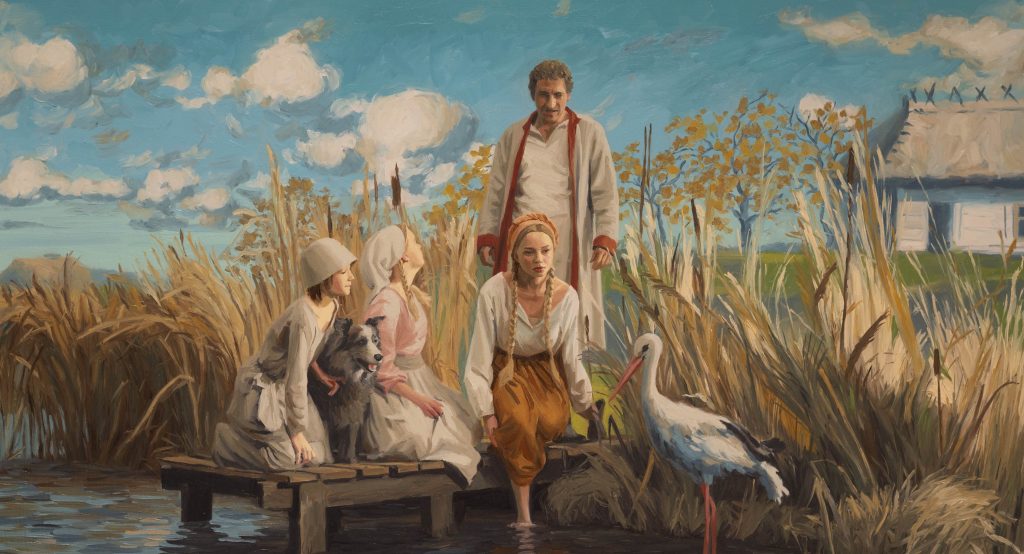
Despite its hiccups, the lush animation still greatly overshadows Jagna’s story, which feels mostly empty. As the drama and complexity of her marriage escalate and her struggle between reluctantly honoring her domestic responsibilities and maintaining her independence persists, she passively faces endless condemnation and abuse from her family and community. Overall, the narrative feels greatly wrapped up in ambiguity, contently placing Jagna in situations of tragedy and maltreatment that show only glimmers of significant meaning as to why they take place.
Considering the filmmakers’ efforts seem to go all in toward the visuals and world-building, The Peasants exists mostly out of a love for the culture it depicts and the engrossing art style it expresses. From showcasing Poland’s natural beauty to exploring its rich culture, the film pays great tribute to DK Welchman’s home.
The film shows appreciation for the natural elements of the country while refusing to glorify the flawed people who live in it. Though it leaves little to be desired in terms of meaning, its aesthetic beauty and glaring enthusiasm for the culture it portrays provide much to appreciate.
— Ethan Stinson
Niclas Larsson introduces comedic thriller exploring family and consequences
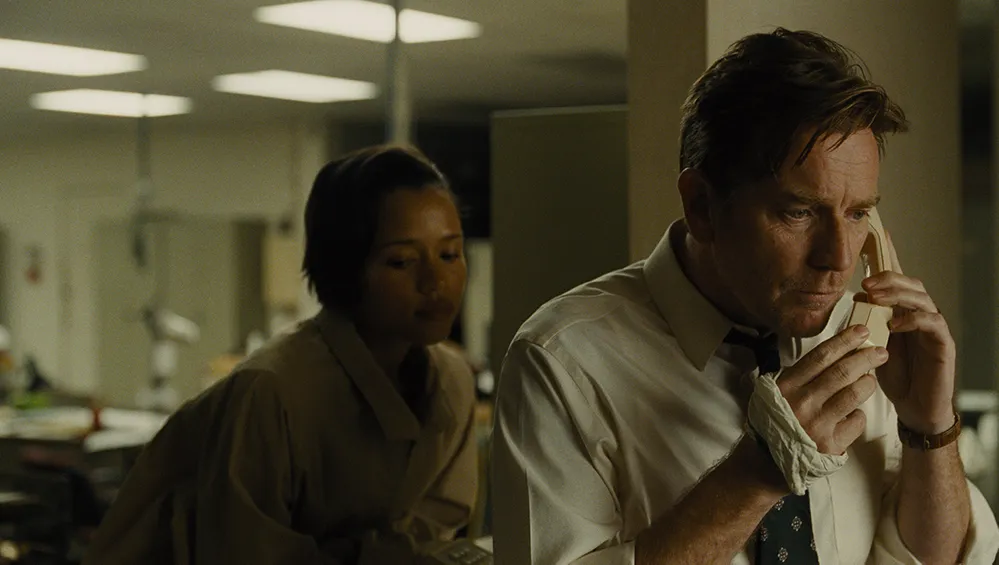
Director Niclas Larsson experiments with suspenseful family relationships in his debut feature Mother, Couch at the Toronto International Film Festival.
For his debut film, Larsson does a fantastic job creating intentional landscapes based on the novel, “Mamma I Soffa,” by Jerker Virdborg. The film’s underlying moments keep the audience on the edge of their seats. The score exacerbates this tension and aids the understanding of the family at the heart of the film.
Larsson has been known to take his viewers on a journey with his signature incorporation of dream-like visuals. In Mother, Couch, he does a standout job of bringing the audience into the crafted world built on attention to detail, namely the bright green font he uses to bookend the film.
Mother, Couch follows an estranged family living moment-to-moment, unable to catch a break. The children reflect on the absurdity of their mother’s refusal to leave a random store’s couch – a perverse situation forcing their family’s reconciliation.
Ewan McGregor stars as David, his mother is played by Ellen Burstyn, David’s brother Gruffuld is played by Rhys Ifans and his sister Linda is played by Lara Flynn Boyle. The character dynamics become more apparent as the film goes on, and the mother’s relationship with David, Linda, and Gruffuld worsens.
One major theme is the assumed dependability on family — they should never stab you in the back. As the plot unfolds, the mother literally stabs David in the back. In this jaw-dropping scene, David ends up wounding his mother. A turning point in the characters’ relationship, viewers are left wondering if resilience is a possibility.
The film is a thought-provoking and tense drama, with moments of comedic relief. Even through the clouds of the film’s ambiguity, the goal of Mother, Couch is clear. A family who once had no interest in truly knowing each other is forced to see things through a new lens.
Amid the chaos was a story that brought witty metaphors to life. Larsson’s successful experimentation and execution showcased in Mother, Couch proves he is a director to keep an eye out for.
— Angela Nell-Tascon
Determination and resilience on display in “La Suprema” film
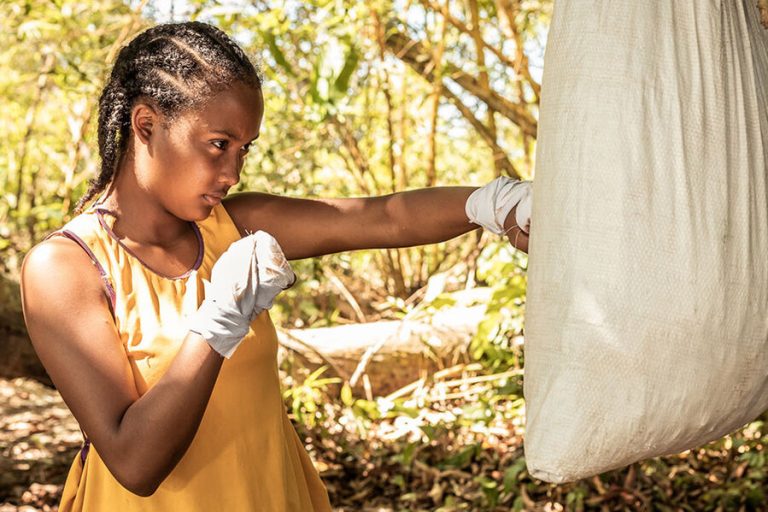
La Suprema immerses its audience into a rural village where gender parity and respect are as rare as the internet and electricity. The movie follows the life of Laureana (Elizabeth Martínez) and her community in the Colombian countryside. Director Felipe Holguín Caro explores the impact negligence has on this town while celebrating the power of unity.
Laureana aspires to follow in the footsteps of her uncle, a professional boxer who in his fame has distanced himself from the town, never acknowledging where he came from. In the rural town with little access to education, training, and Cartagena, Laureana finds a potential mentor, Efrain (Antonio Jiménez). Efrain, once a trainer for Laureana’s uncle until a falling out, refuses to work with her. While the town rallies to find electricity to view her uncle’s fight, Efrain witnesses Laureana’s unwavering determination and resilience, eventually agreeing to train her.
Set in a predominantly Afro-Latino village facing erasure by the Colombian government, La Suprema introduces Laureana as a teenager who continuously challenges gender norms. She rejects the dresses inherited from her late mother, often opting for basketball shorts, sweats, and oversized T-shirts. Her grandmother, who is her primary caretaker, refuses to allow her to box and continuously questions her urge to be different.
The residents of the town also question her choices regarding fashion and boxing, and often patronize her identity by referring to her as “girl.” Throughout the film, the intolerance for Laureana’s difference causes her to assert her distaste for the word, often repeating “Don’t call me girl!” The repetition symbolizes her resistance, as she holds tight to her identity, refusing to conform to societal expectations.
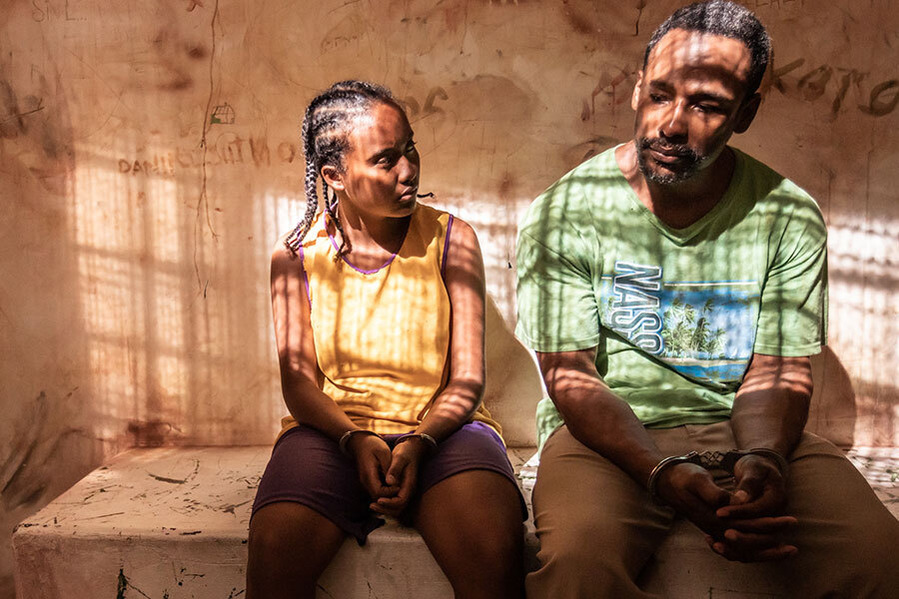
The residents of La Suprema also display resilience as they discover their home is not present on the map of Colombia. Despite the country’s refusal to acknowledge their existence, the film emphasizes themes of community. Caro shifts the focus away from what they lack and highlights the benefit of the tight-knit bonds in the town.
When it’s time to come together and support one another, these residents hold an abundant ability. La Suprema embraces the small town, portraying hardworking people who find pride in the lives they have built for themselves.
Caro shines a light on the joys and struggles of life in this countryside while preserving the authenticity of the stories and characters. He builds trust within the town he is filming in and features real residents.
While not based on a true story, La Suprema serves as a tribute to Afro-Latino and Latine communities. The ongoing erasure faced by communities throughout Latin America and South America is cut by this portrayal of a community that perseveres with courage and pride.
— Gloria Rivera
